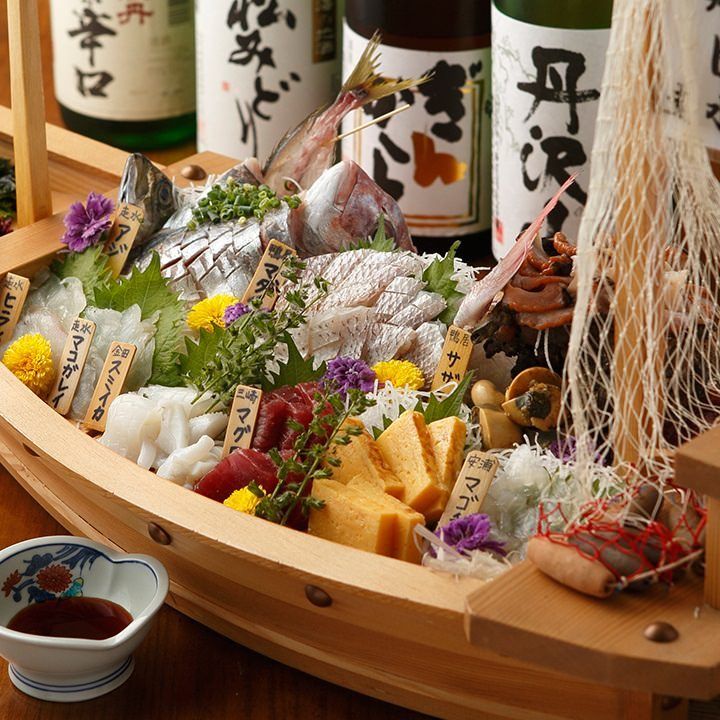2023-06-02 Monthly Feature Story - June 2023 - Sashimi

Japanese Food - Sashimi
Sashimi refers to thinly sliced fresh seafood. Although sashimi is usually served raw, some sliced seafood is cooked via searing, boiling or the use of vinegar to improve texture and avoid food poisoning.
The following is a list of seafood (alongside Japanese names) that are popular for making sashimi:
tuna (maguro), salmon (sake), salmon roe (ikura), yellowtail (hamachi), flounder/flatfish (hirame), sea bream (tai), mackerel (saba), bonito (katsuo), scallop (hotate), shrimp/prawn (ebi), octopus (tako), sea urchin (uni).
While most people do not hesitate to eat thinly sliced fresh seafood with vinegared rice (as a form of sushi), some people prefer not to eat raw seafood due to its fishy smell or for safety reasons.
One solution to these problems is to drink sake with the sashimi. The alcohol contained in the sake neutralizes the smell of the fish and the amino acids in it enhance the taste of the fish.
Another solution is to eat certain vegetables alongside the sashimi. Such vegetables include wasabi (Japanese horseradish), shredded daikon radish, green shiso leaves (Japanese basil), ginger, and myoga ginger.
These vegetables work to neutralize the smell of the seafood and have antibacterial properties.
You can eat them with sashimi or by themselves. However, when you eat wasabi, please make sure that you take an appropriate amount of it. Be careful not to eat all the wasabi served to you all at once, which may be shaped like a miniature Mt. Fuji. Otherwise, you will set your mouth on fire due to the hot taste!



